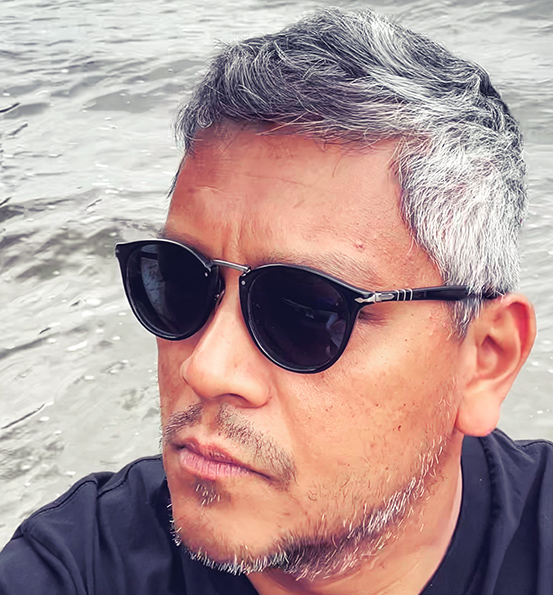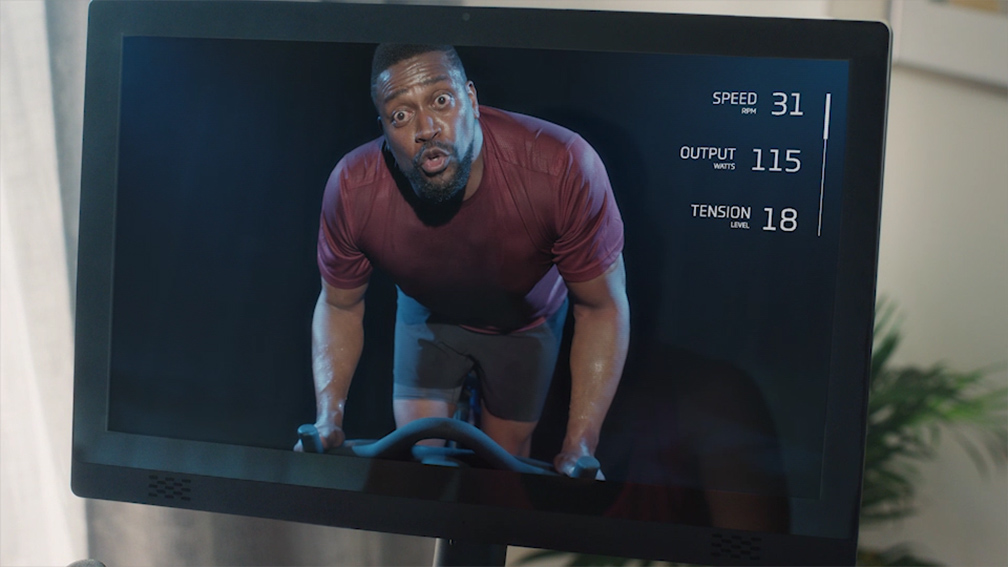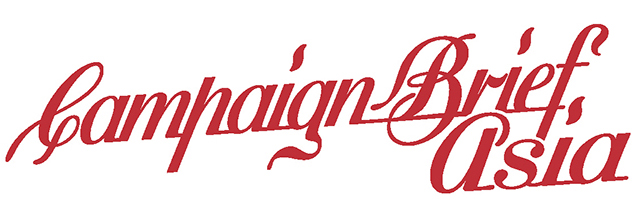DIRECTOR’S PROFILE: Directors Think Tank Director Kiran Koshy

Los Angeles based Kiran Koshy is a director at Directors Think Tank, a leading production company in Asia with offices around the region including Singapore, Malaysia and Indonesia. Campaign Brief Asia put 15 questions to Koshy to find out more about him and his approach to directing.
1. What’s your favorite part of the job?
The collaboration, starting with the agency creative team, and then the various crew leads—especially the DOP and my production designer, the talent on set, and eventually the editor. Being on set is the zenith of this process so it’s when I feel the rush the most…it’s a high that’s very hard to match.
And Craft Service desserts.
2. What is your most productive time of day and why?
Whenever the coffee kicks in and there’s no one around.
3. If you didn’t have this job, what would you be doing instead?
I’d own a record store near a beach somewhere.
4. How early did you know this would be your path?
It wasn’t early, and came quite by accident, while in the throes of my agency career. My producer at The Richards Group, Sheri Cartwright—someone I’ve always considered to be the gold standard for that role—told me I should be directing, and I’d be very good at it. She’d seen something in me that I wasn’t aware of. I’m so glad she did. I took her seriously and started tinkering around with building a reel, unsure if I’d even enjoy the switch from being the one coming up with the ideas, to executing them. The first thing I ever directed was with my students at Texas A&M, a piece for which they went on to win Gold at The One Student Show. I knew then that Sheri was on to something.
5. Can you name some recent jobs?
It’s been a busy summer, starting with a fun campaign for H-E-B, the largest grocery chain in Texas, and their delivery app – FAVOR. It balanced visual comedy perfectly with witty dialogue. My first remote shoot followed, for McDonald’s Indonesia, with a crew in Bangkok. It had physical comedy, which I was a bit nervous about directing remotely, but thanks to a stellar cast and crew we pulled it off flawlessly…and was thoroughly enjoyable despite being an all-nighter due to the different time zones (I’m US-based). The most recent was a campaign for a Chicago-based digital marketing agency called AmericanEagle.com, which involved their employees (most of whom had never acted before) interacting with an actor/spokesperson, in the actual offices of the company. Challenging, due to the many moving parts, and casting unknowns, but we had a blast shooting it. Really fun campaign with some remarkable comedic performances from non-actors.
6. Do you put on a different hat when shooting for a specific genre?
Rarely. It’s always the director’s hat for me, irrespective of the genre, and I pick people I trust to wear the other hats. Always. As for literal hats, I’m yet to find one that fits my head without making me look idiotic.
7. Have you been continuing to shoot during the COVID crisis? Can you describe that experience?
Yes, I have, though it’s been a roller coaster. I was prepping a Mondelez job in KL when Malaysia went into lockdown in March 2020. I barely managed to get out and was one of a dozen or so people on the 747 back to LA. Surreal.
Since then, despite expectations, work has been flowing. It started with a couple of PSAs via Think Tank, for ProBalance dog food in Malaysia, which I shot myself during the height of the lockdown using an old camera, in my backyard, casting my daughter and dog. I’m not a DP, but as a filmmaker you just have to learn to improvise, especially when all the tools you need are so accessible.
Campaigns for WhiteHat Jr. and Zendesk followed, all of which were shot in Texas due to budgets. Covid protocols and costs have definitely put a strain on budgets and timelines, but nimble production companies find ways to get things done. Agencies and clients have adapted to watching via zoom rather well, though we do have to factor in extra time for feedback now. Dealing with talent in performance and dialogue heavy roles through PPE is a real drag. On my last shoot, due to everyone wearing masks and communicating over walkies, we misheard, “Have her hand on the mouse”, as “Have her hand on the mouth”. Hilarious. It took us more than a few takes to figure out the miscommunication.
I think casting call backs haven’t suffered at all, in fact remote casting might be more efficient. Shooting remotely can be quite enjoyable but I’m conservative about what I take on. It’s not something I’d blanket recommend for all jobs. The incessant mandated testing in the US does make me nervous as a false positive can wreck a schedule, so I continue to practise social distancing and masking guidelines despite being fully vaccinated. A small trade-off for being able to do what I love.
8. Do you have a favorite piece of kit?
My Rhodia dotted pad and 0.5 black felt tipped pen. I do my own boards, an important part of my process, and putting pen to paper is something I still enjoy and cherish.
9. Are you often asked to do more than direct? If so, what are you asked to do?
I’m often asked to join in the macarena at parties, which I do politely decline. Besides that, I’m often asked by the agency to push the creative imaginations of their clients or talk them off a ledge. Clients can be more receptive to hearing things from a director at times. As a former agency creative, I understand the mindsets, concerns, and vernacular of both sides very well, so I welcome the opportunity.
10. What are three pieces of technology you can’t live without?
My turntable, tube amp, and speakers. Analog, baby.
11. This is a high-stress job. What do you do to de-stress from it all?
I walk and groom my dog, an adorable Mini-Aussie named Nigel. He’s also my creative muse.
12. How do you manage producers’ expectations with the reality of what can really be done?
Beer, frank conversations, and creative solutions. I strip every script down to its core creative idea and story arc, and then build layers based on what we can achieve with our limitations, never compromising the core or its aesthetic quality.
13. How do you manage your time? Do you manage expectations or try everything they ask of you?
Prep. Prep, Prep. I usually have at least two PPMs which give me a good read of the client and agency expectations and mindsets. I adjust and plan accordingly beforehand, so I always walk onto set relaxed. I’m always happy to try things if there’s a good reason for doing them, and if they don’t turn the storyline upside down editorially or mess with continuity. I’d rather do another take than argue. It saves time and keeps the energy on set positive.
14. When someone who is starting out asks what they should learn, what do you recommend?
If you want to be a director, go direct. Pick up a camera and start shooting and making stuff. Don’t be afraid to fail, in fact your first few pieces will most certainly be garbage. Just make sure you’re learning from your mistakes and your next piece is better.
It’s not a solitary affair, so build a community of like-minded people from various disciplines and help each other out. Remember your friends.
Find your unique voice. Don’t be a generalist.
Be nice. Don’t be an asshole.
15. How do you take criticism? Do you find yourself defensive or accepting of others’ ideas (good and bad)?
This is an art, not a science. Criticism makes us better and our egos need the humility checks. I’m usually my hardest critic. I welcome criticism and am happy to try, and accept, ideas from others. If it’s bad I’ll tell them so, and why. Criticism is a two-way street. I have a small group of old friends who have very good taste, who’re always unafraid to give me their honest opinions. I go to them after every job for feedback. If they like what I did I usually reward myself with a new pair of Adidas sneakers.

